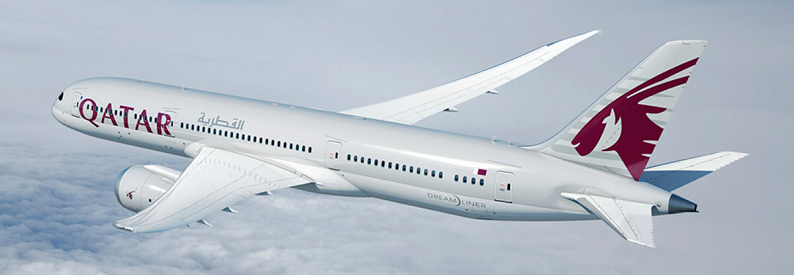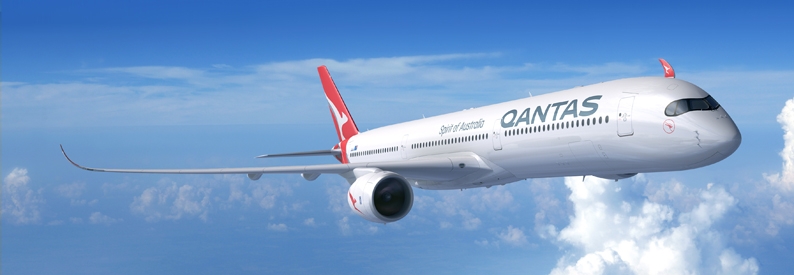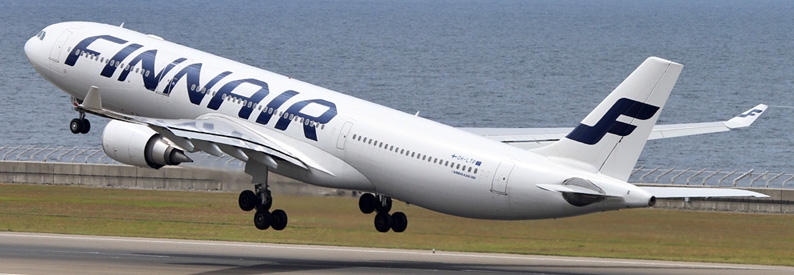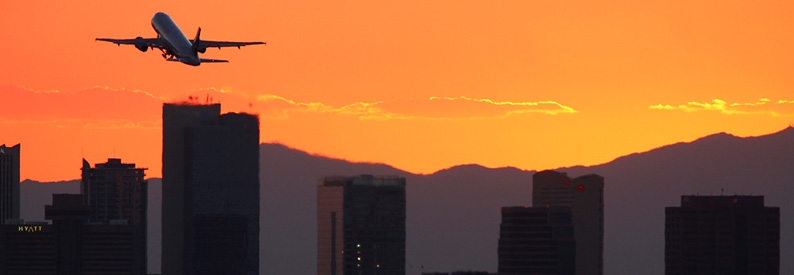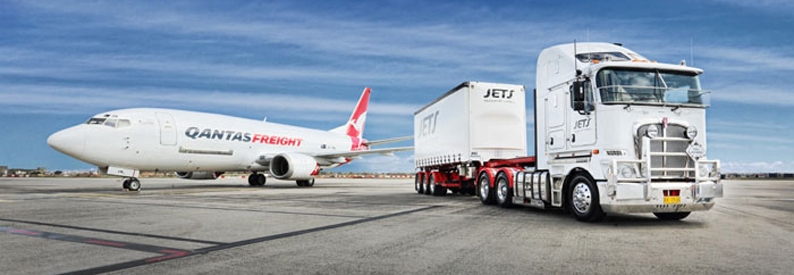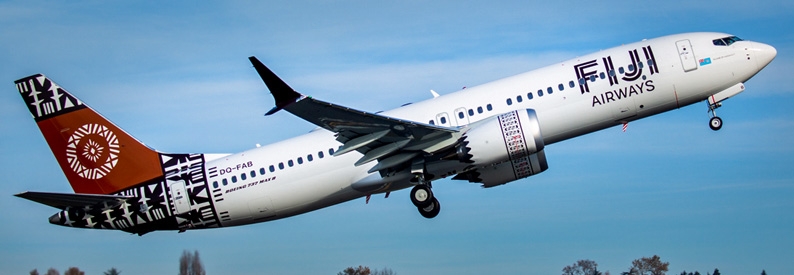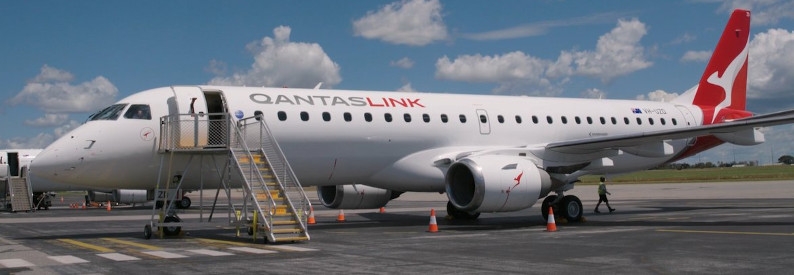Qantas Group will retrench several hundred more employees in addition to 8,500 jobs already axed as the airline targets to reduce costs by AUD1 billion (USD777 million) annually by FY2023, the company announced in a market update.
With AUD600 million (USD466.2 million) in cost reduction to be delivered this financial year, several hundred international cabin crew members are expected to take voluntary redundancies, while 99% of redundancies already announced have been completed, the remainder to depart by the end of FY2021. Wages across the Qantas Group, including management, have been frozen for the next two years, with 2% annual increases after that compared to 3% pre-COVID-19.
About 6,000 of 22,000 Qantas Group employees remain stood down, which means they are not being paid but remain employees.
This comes as the Group revised its expectations for the return of a significant level of international flying from end-October 2021 to late December 2021 (except for the two-way Trans-Tasman quarantine free travel bubble between Australia and New Zealand). This is in line with the Australian government’s revised timeline for the effective completion of the national COVID-19 vaccination programme.
Since the start of the pandemic, the total revenue loss for the Group was now projected to reach AUD16 billion (USD12.4 billion) by the end of FY2021, with a forecast statutory loss before tax of more than AUD2 billion (USD1.5 billion) in FY2021.
However, a sustained recovery in domestic travel demand and its freight and loyalty divisions' performance continued to drive the Qantas Group’s recovery from the impacts of COVID-19.
The Group expected to be cash-flow positive for the second half of FY2021. Net debt levels peaked in February at AUD6.4 billion (USD4.9 billion) and were expected to be lower than they were in December by the end of the financial year. Liquidity remained strong at AUD4 billion (USD3.1 billion), including cash of AUD2.4 billion (USD1.8 billion) and AUD1.6 billion (USD1.2 billion) of undrawn debt facilities as of April 30, 2021.
Revenue from domestic operations was expected to almost double between the first and second half of this financial year. The Group was on track to reach 95% of its pre-COVID domestic capacity for the fourth quarter of FY2021. Qantas and Jetstar Airways (JQ, Melbourne Tullamarine) expected to average 107% and 120% respectively of their pre-pandemic domestic capacity in FY2022. Corporate travel, including the small business segment, continued to recover and was now at 75% of pre-COVID levels (up from 65% in April). Leisure demand was growing strongly, with deferred international holidays converting into multiple domestic trips.
To meet domestic demand, Qantas (QF, Sydney Kingsford Smith) and Jetstar had now brought all domestic aircraft back into service. In addition, QantasLink has activated eight (of 14) E190s as part of its deal with Alliance Airlines (QQ, Brisbane International). Jetstar was reactivating up to five B787-8s for domestic use as well as six A320-200s on loan from Jetstar Japan (GK, Tokyo Narita). With the increase in domestic leisure travel demand, Qantas and Jetstar also announced 38 new routes since July last year.
Meanwhile, international travel demand between Australia and New Zealand is rebuilding steadily, but capacity has been limited to 60% of pre-COVID levels. All of Qantas’ B787-9s and about half of its A330s were active, flying a mix of freight, repatriation, and regular passenger services. The airline has eighteen A330-200s and ten A330-300s, according to the ch-aviation fleets module.
Qantas Freight (Sydney Kingsford Smith) continued to serve as a natural hedge for the downturn in international passenger travel. Freight was expected to exceed the revenue it achieved in the first half of FY2021.
“We have a long way still to go in this recovery, but it does feel like we’re slowly starting to turn the corner,” commented Qantas Group Chief Executive Officer Alan Joyce. “Managing costs remains a critical part of our recovery, especially given the revenue we’ve lost and the intensely competitive market we’re in,” he added.

